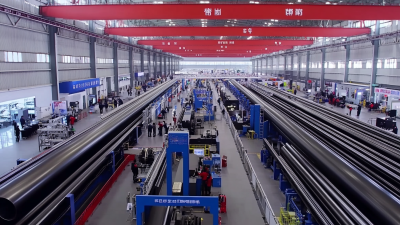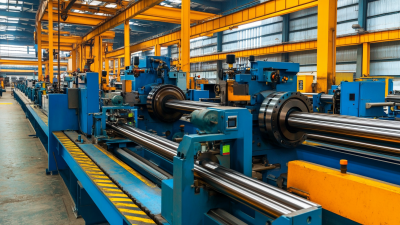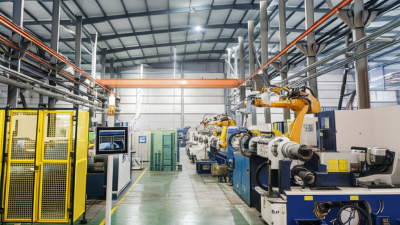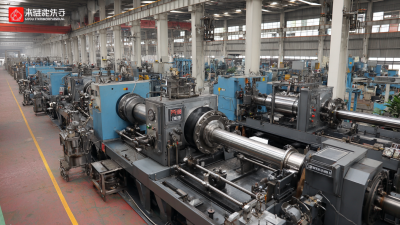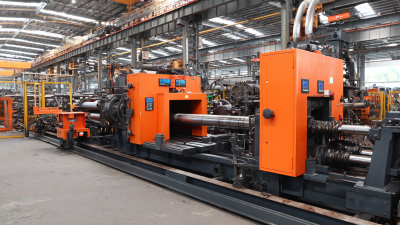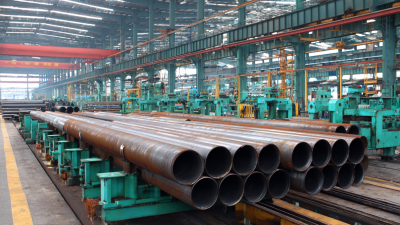
The manufacturing landscape is undergoing a transformative shift, particularly in the domain of Tube Mill Production Lines, which are pivotal in producing high-quality tubular products essential for various industries, including construction, automotive, and energy. According to a recent report by Grand View Research, the global tube and pipe market is projected to reach USD 160 billion by 2025, with a compound annual growth rate (CAGR) of 4.8%. As the demand for efficient and sustainable production processes intensifies, manufacturers are increasingly adopting advanced technologies such as automation, predictive analytics, and AI-driven quality control.
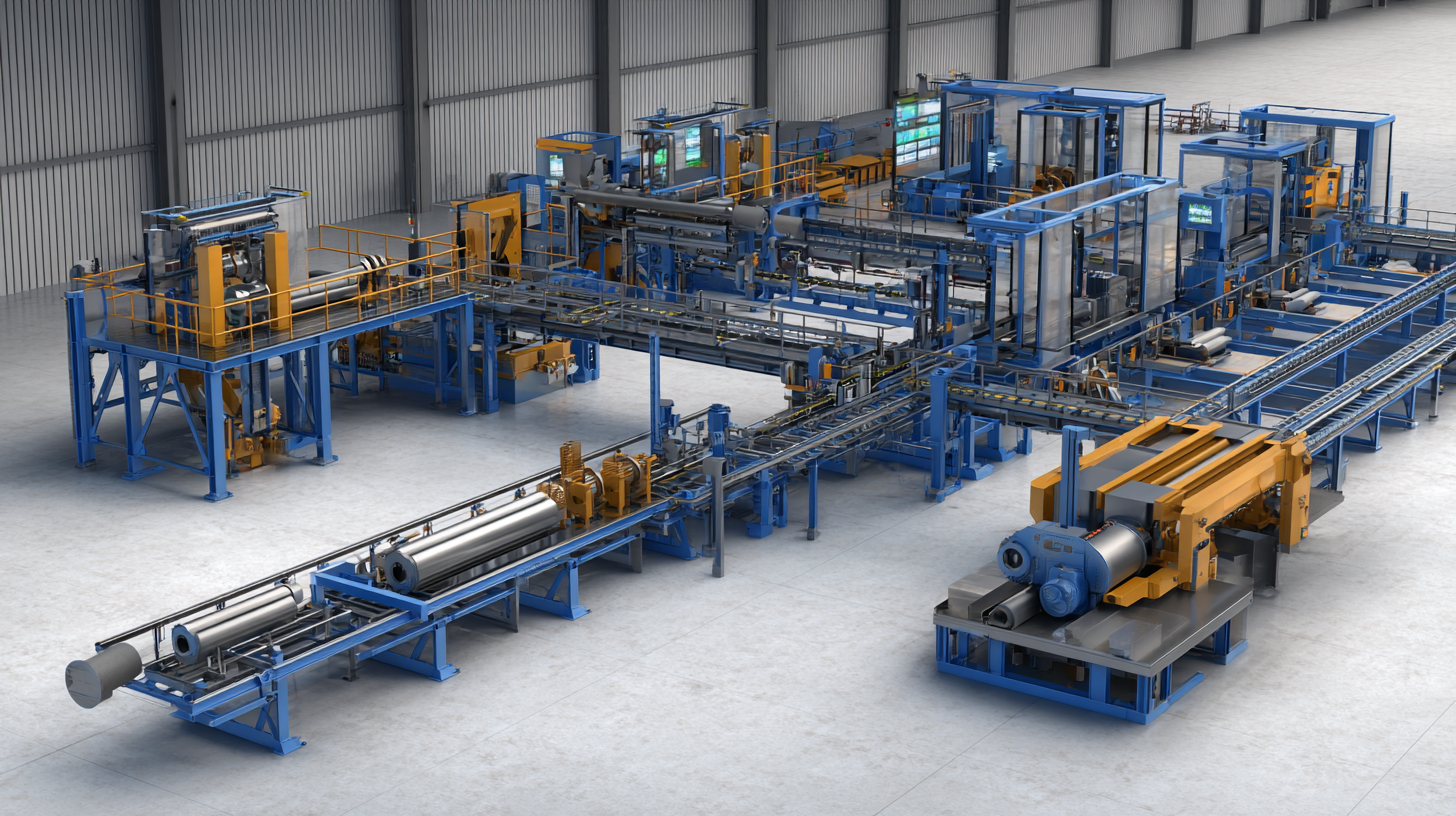
This article delves into how these innovations are revolutionizing Tube Mill Production Lines, enhancing operational efficiency, reducing wastage, and ultimately leading to significant cost savings. By exploring the future trajectory of these production lines, we aim to provide insights into effective strategies that manufacturers can implement to stay competitive in a rapidly evolving market.
The evolution of tube mill technology has brought significant advancements in manufacturing processes, enhancing efficiency and product quality. Key components of modern tube mills include high-precision forming rolls, innovative welding systems, and automated control mechanisms. These elements work symbiotically to create seamless and consistent tubes, minimizing waste and optimizing production speed. The integration of advanced materials and engineering techniques allows manufacturers to achieve greater flexibility in design, enabling them to meet diverse market demands more effectively.
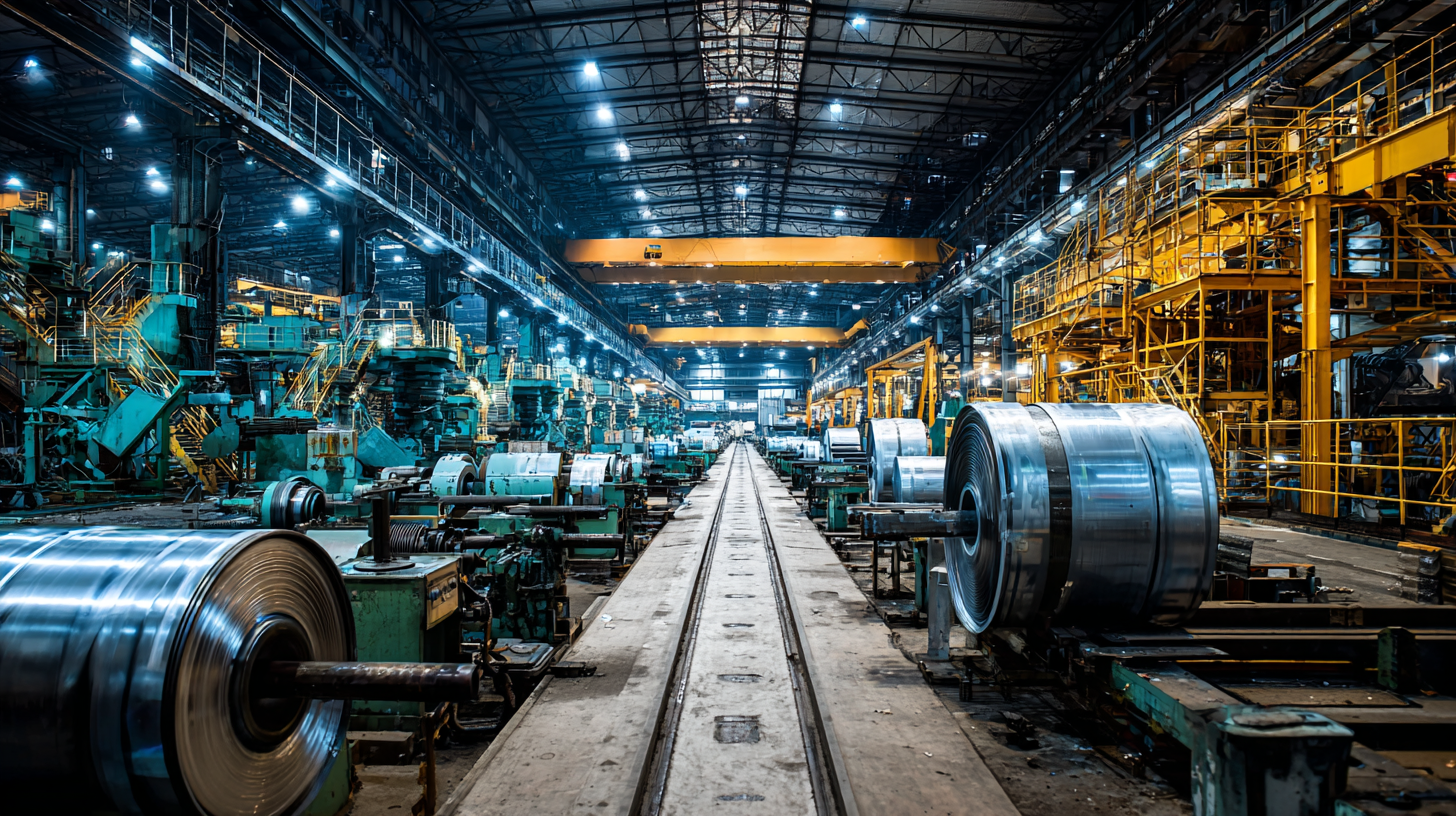
Innovations in tube mill production lines are also transforming how manufacturers approach operations. The adoption of Industry 4.0 technologies, such as IoT sensors and data analytics, empowers tube mills to monitor performance in real-time and predict maintenance needs, reducing downtime. Furthermore, advancements in energy efficiency and environmentally friendly practices are reshaping the landscape of tube production. As manufacturers continue to explore these cutting-edge technologies, the future of tube mills is poised for unprecedented growth and sustainability, ensuring they remain competitive in an ever-evolving market.
Automation is set to play a pivotal role in enhancing tube mill production efficiency, as manufacturers increasingly turn to advanced technologies to streamline operations. The integration of automation within these production lines not only optimizes workflows but also provides real-time visibility into processes, enabling manufacturers to manage inventory and supply chains more effectively. By eliminating bottlenecks and reducing changeover times, companies can significantly boost productivity and uptime, which are crucial for meeting the growing demands of the market.
Recent advancements highlight the commitment to enhancing automation capabilities in the industry. For example, companies are investing in predictive maintenance technologies that utilize artificial intelligence, allowing them to transition from reactive to proactive maintenance strategies. This shift not only minimizes downtime but also helps in reducing operational costs. The focus on automation is further underscored by developments such as highly automated complete production lines capable of producing a wider range of products, thereby ensuring both efficiency and flexibility in the manufacturing processes. As the industry moves toward Industry 4.0, the future of tube mill production looks promising, with automation at the forefront of driving efficiency and innovation.
The advancement of Industry 4.0 is fundamentally transforming tube mill production lines, leading to smarter and more efficient manufacturing processes. According to a report from McKinsey, manufacturing companies that adopt Industry 4.0 technologies can increase productivity by up to 40%. This shift towards smart manufacturing not only enhances efficiency but also reduces waste through real-time data analytics and predictive maintenance. For tube mills, integrating IoT (Internet of Things) devices allows for continuous monitoring of operational parameters, enabling manufacturers to optimize production and minimize downtime.
Furthermore, the implementation of automation and robotics in tube mills can lead to significant improvements in quality control. A comprehensive study by the World Economic Forum estimates that 85% of manufacturers are likely to invest in smart technologies over the next few years. These technologies help in maintaining consistent product quality by employing AI-driven inspection systems that catch defects in real-time. As the industry embraces these innovations, tube mill manufacturers stand to benefit from reduced costs as well as enhanced operational agility, positioning themselves favorably in a competitive marketplace.
| Parameter | Metric | Description |
|---|---|---|
| Production Efficiency | 90% | Percentage of time machines are operating at optimal performance. |
| Downtime | 5% | Percentage of time machines are not operational due to maintenance or failures. |
| Energy Consumption | 50 kWh/ton | Amount of energy used to produce one ton of product. |
| Quality Yield | 98% | Percentage of product that meets quality standards. |
| Lead Time | 2 days | Time taken from order to shipment. |
| Automated Processes | 75% | Percentage of production processes that are automated. |
Sustainability is becoming increasingly vital in the manufacturing sector, and tube mills are no exception. By adopting eco-friendly practices, tube mill production lines can significantly reduce their environmental impact. Implementing energy-efficient machinery is one way to achieve this goal. Advanced equipment can lower energy consumption while maintaining high production rates, thereby minimizing the carbon footprint associated with manufacturing processes. Solar and wind energy installations are also being integrated into facility designs to power operations sustainably.
Moreover, the use of recycled materials is a key component of sustainable manufacturing in tube mills. Utilizing scrap metal and other recyclables not only conserves resources but also reduces waste output. Innovations in material processing technology allow for the efficient use of these recycled inputs, ensuring the quality of the final product is uncompromised. Additionally, smarter supply chain management practices can further enhance sustainability by optimizing logistics and reducing emissions associated with transportation. Through these combined efforts, tube mills can play a pivotal role in the broader movement towards sustainable manufacturing practices.
The future of tube mill production lines is set to be significantly influenced by advanced materials and techniques, particularly through the emergence of carbon nanotubes. The global carbon nanotube market is projected to witness remarkable growth, escalating from $7.75 billion in 2025 to an impressive $18.98 billion by 2032, reflecting a compound annual growth rate (CAGR) of 13.6%. This surge is driven by the unparalleled strength-to-weight ratio and exceptional electrical conductivity of carbon nanotubes, which are anticipated to revolutionize various applications in industries ranging from aerospace to renewable energy.
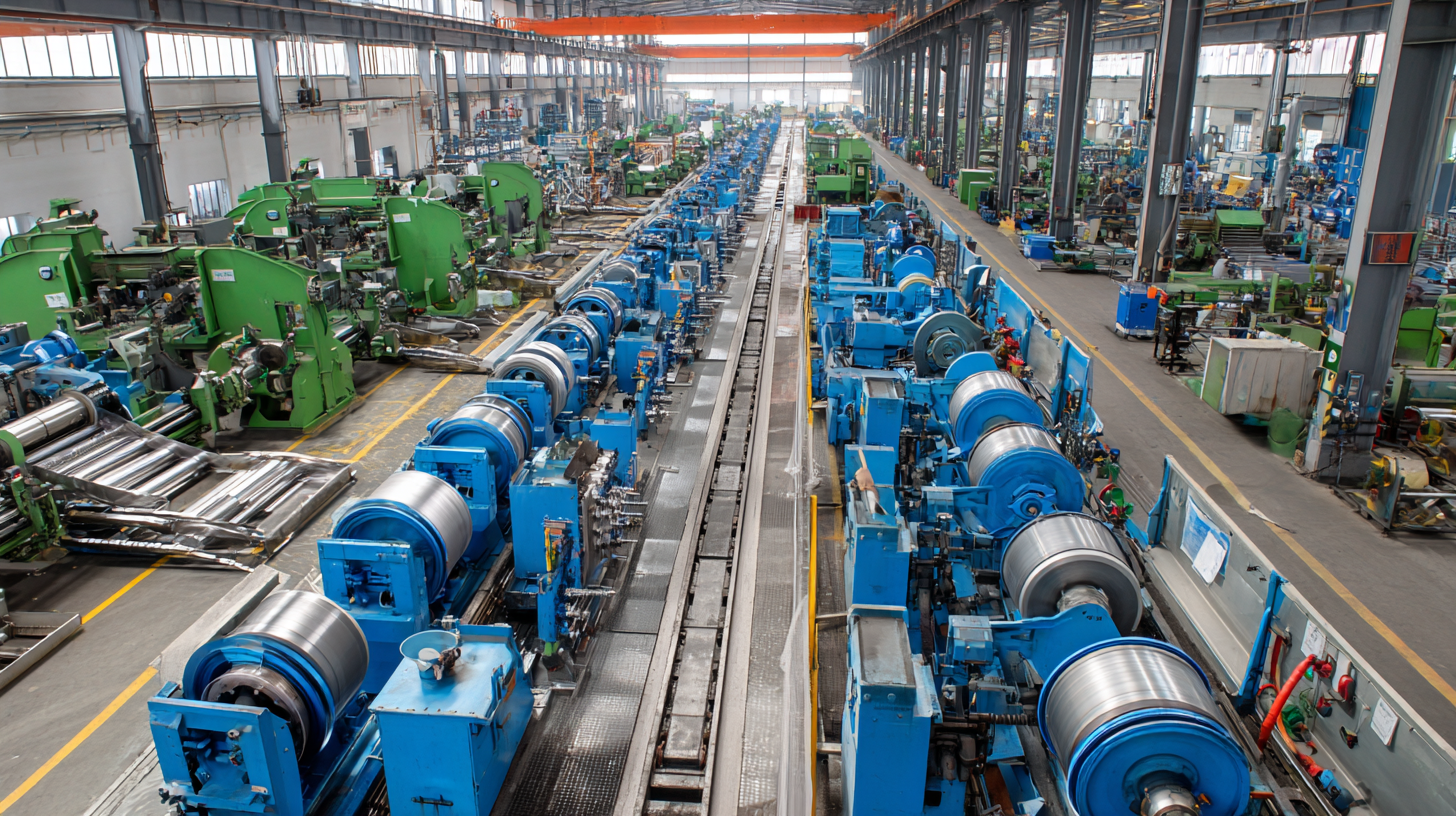
Additionally, the hydrogen trailer market exemplifies how advancements in manufacturing can support the growing demand for sustainable energy solutions. With the market size expected to grow from $34.06 million in 2023 to $55.75 million by 2030 at a CAGR of 7.3%, manufacturers are innovating their production lines to efficiently cater to the increasing need for hydrogen transport. These innovations not only improve the efficiency and safety of production processes but also align with global efforts to transition towards cleaner energy alternatives, indicating a robust future for tube mill production that embraces sustainability and technological advancement.
